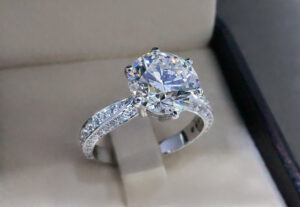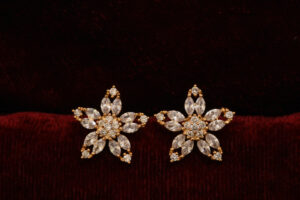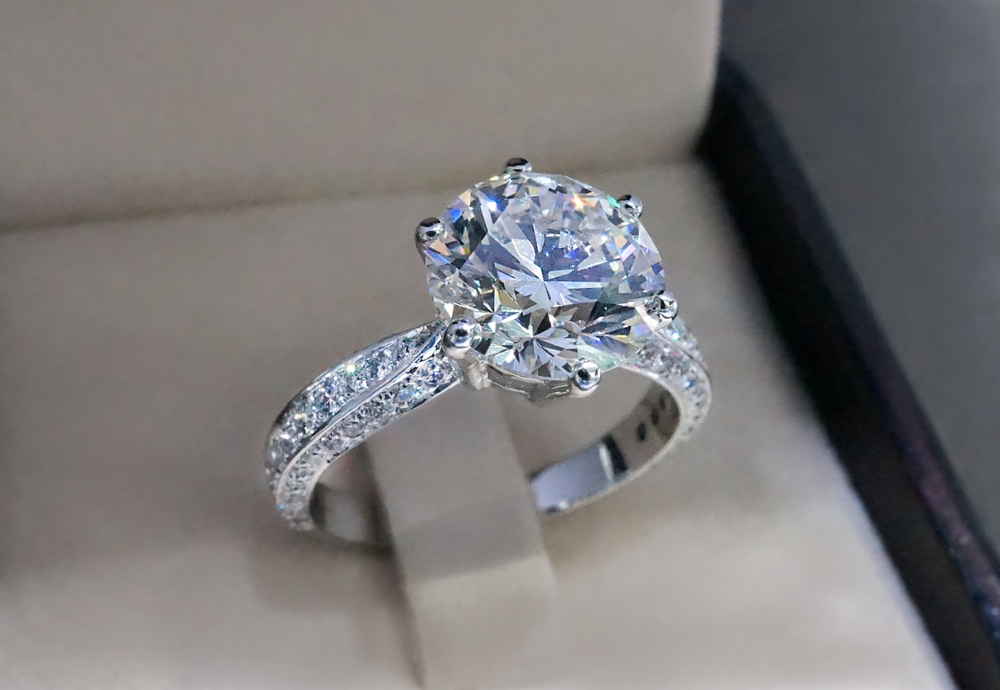
The fact that not all diamonds are made equal, whether lab-grown or natural, is one of many things you learn about diamonds. In fact, each diamond is one-of-a-kind. Diamonds are available in a variety of sizes, colors, shapes, and structural properties. Diamonds that have been polished are all valuable. This value is determined by a number of factors. One of these factors is a rarity. Diamonds with certain characteristics are rare, and therefore more valuable than diamonds without those characteristics.
Let’s take a look at the different quality parameters of a lab-grown diamond.
Color
Color variations can have a significant impact on the value of a diamond. Color alone can determine the value of two diamonds with the same clarity, carat weight, and cut. Even the tiniest indication of color can dramatically alter the value of an object. Colorless diamonds to light yellow and brown diamonds are considered normal. Colorless stones are the most valuable of those within that range because they are the rarest. They established the benchmark for grading other diamonds of the same color range.
Carat Weight
The metric carat (ct) is the unit of measurement for diamond weight. Two-tenths of a gram equals just over 0.007 ounces. Almost 142 carats are in one ounce of gold. Based on the quality of the diamond, fractions of a carat can imply thousands of dollars in price differences. When you look for a diamond ring, make sure to do proper research on carat weight.
Clarity

Inclusions are internal characteristics of diamonds, and blemishes are external irregularities. They’re known as clarity characteristics when they’re all used together. The utter lack of inclusions and blemishes is defined as clarity. Scrapes and snags on the surface of a diamond, for example, are considered blemishes. Inclusions are usually found on the inside of the stone. Clarity features can have both positive and negative effects on a diamond’s value. For starters, they assist gemologists in distinguishing genuine diamonds from fakes.
Cut
Every facet of a brilliantly finished diamond reflects the designer’s skill and attention to detail. Every angle and facet of a stone influences the amount of light brought back to the eye whenever it interacts with light. Its face-up look is due to this. When light hits a diamond, its proportions ascertain how it behaves. Diamonds that have different proportions and high polish make much better use of light and are therefore brighter, more colorful, and more scintillating.
